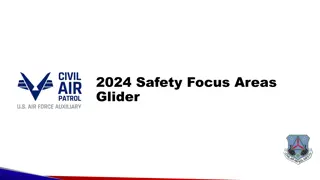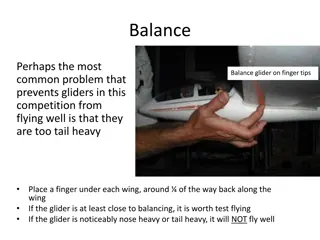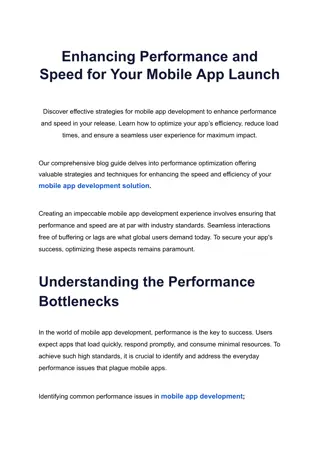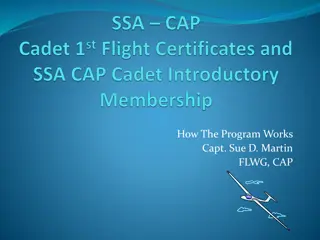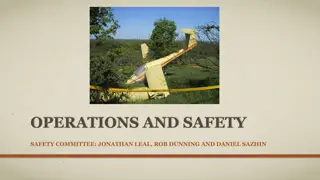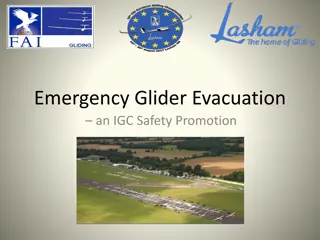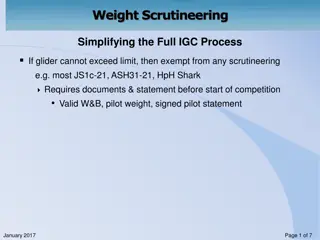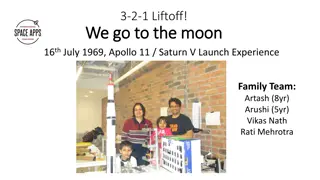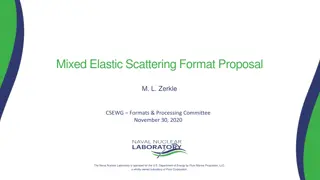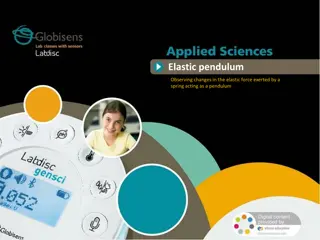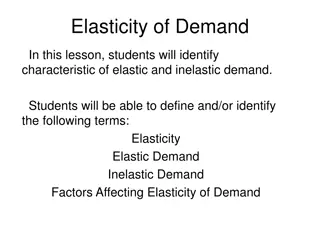
Design Tips for Building an Elastic Launch Glider
Discover essential design tips for building an elastic launch glider, including the importance of fuselage length, wood selection, flexibility, and flight trimming. Maximize performance with expert advice from Tom Sanders, National Supervisor.
Download Presentation

Please find below an Image/Link to download the presentation.
The content on the website is provided AS IS for your information and personal use only. It may not be sold, licensed, or shared on other websites without obtaining consent from the author. If you encounter any issues during the download, it is possible that the publisher has removed the file from their server.
You are allowed to download the files provided on this website for personal or commercial use, subject to the condition that they are used lawfully. All files are the property of their respective owners.
The content on the website is provided AS IS for your information and personal use only. It may not be sold, licensed, or shared on other websites without obtaining consent from the author.
E N D
Presentation Transcript
Elastic Launch Glider Elastic Launch Glider Presenter Tom Sanders, National Supervisor
Glider Basics: DO NOT TRY TO RE-IVENT WHAT WORKS. Star Wars Designs will FAIL! Always Add at least 10 % of the total Wingspan to be the Fuselage Length. Fuselages are longer than wingspans!! Fuselage needs to be HIGH STRENGTH but not Basswood (too heavy) Wings and Tail Assemblies need an Airfoil. Flying surfaces should taper to translucency. Always Flight Trim Glider to Stall for first launched flights. Build as close to the bare minimum mass for easier trim and longer flights.
Picking Wood Roughly 50% of the Glider s Mass will be the fuselage. Always pick wood for the fuselage that has straight grain (A, B-Grain) For Flying Surfaces, A and B but C Grain can be used if oriented.
Stiff but Flexible--- WHAAAAT? The Nose of the Glider usually impacts first. The nose needs to be stiff. But, The aft Fuselage needs to flex a little on impacts. To achieve both attributes, wider wood in the nose and taper aft the wing trailing edge. The wider nose then complies with the Lip Balm Cap rule


